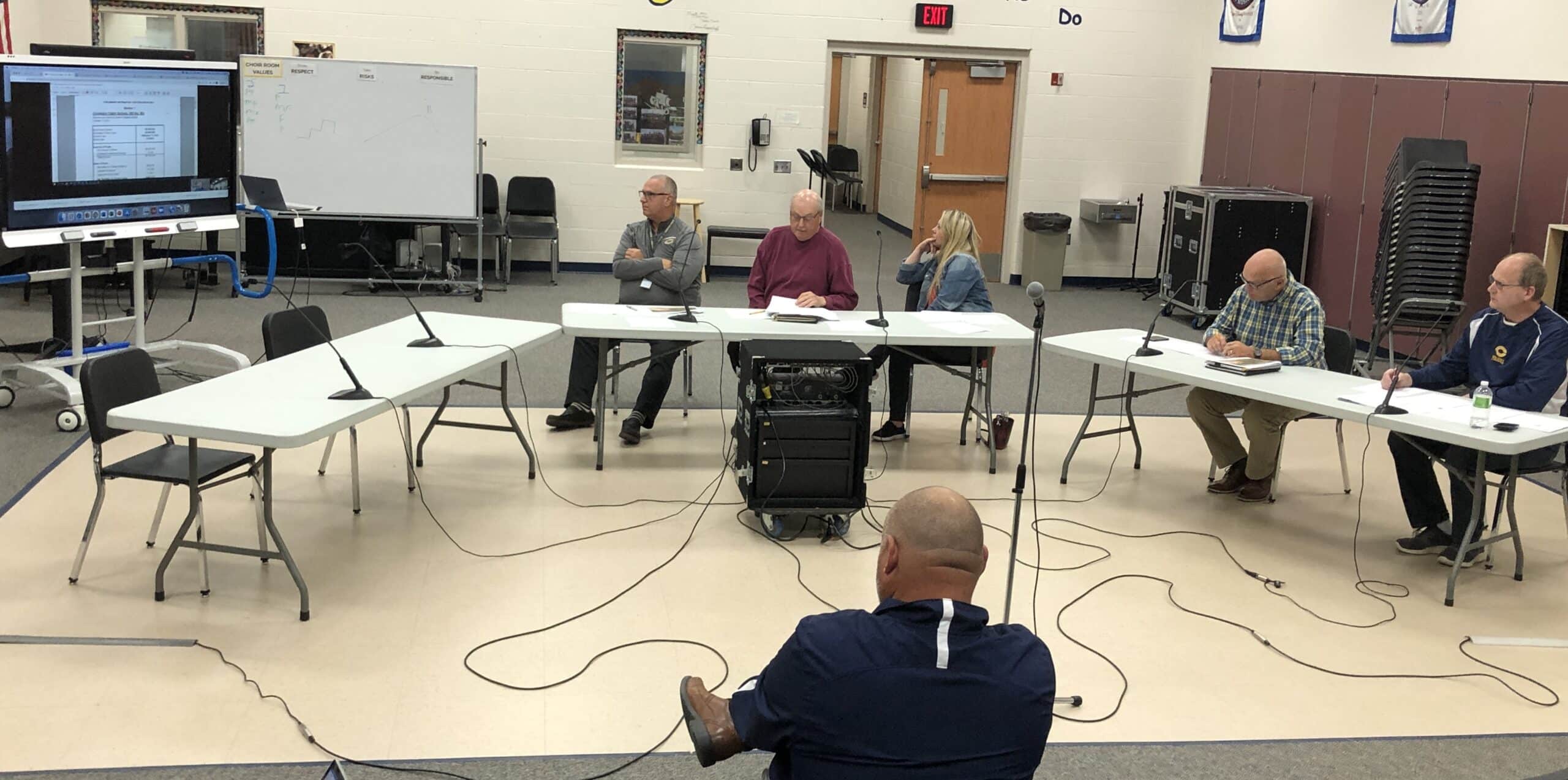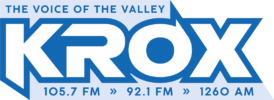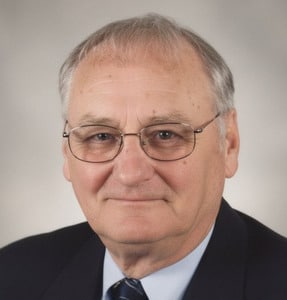The Crookston School Board met for a special working session on Tuesday afternoon in the Crookston High School Choir/Orchestra Room to discuss financing options for the proposed Multiuse Facility for the vote in February.
Interim Superintendent Dave Kuehn opened the meeting by saying that they wanted to keep the facility similar to the design and scope of the proposed project in August but would work with their architects on some things they could clarify or ease for the new referendum. Kuehn welcomed Brian Berg of ZerrBerg, the architects the school hired for the project, who explained that construction equipment and materials for the facility have continued to rise about 15-20% in the year alone. “I think the architects presented if we left the project as is, it would be about a $4.9 million project. But, if we looked at some ways of not doing anything different with the field, track, bleachers, and the press box, maybe just changing some of the paving and some of the concrete type things, they could maybe bring the price down a little bit,” Kuehn explained. “That’s what the board needs to decide at our October 24 board meeting, the amount we’re going to put on that referendum question.” Brian Berg noted a few modifications they could make to the project to help lower the costs, such as reducing excess concrete paving by the concessions area and beneath the grandstands and reducing the amount of fencing around the ticket booth. These current reductions dropped the estimate for the project to about $4.45 million, and Berg said that he believed this would be the best price estimate to propose for the referendum in February. “The increased price of the project in comparison to what we were talking about during the meetings in July and August was for $200,000 homes would be $29 a year,” Kuehn explained. “The increased price now for a $200,000 home is going to be $34, a little bit of an increase in terms of that yearly payment in terms of that tax impact.”
The board then opened the meeting to the public to ask questions about some of the modifications and changes to the referendum plan. One board member asked how they would drain the field and areas around it without as much concrete. Berg explained there would be pipes and drains around the field and the facility to be drained into the City’s Sewer System. Kuehn asked if it was still realistic to complete the project over the summer with the later start time of the vote, to which Berg answered that they could due to most of the project not requiring a lot of design work and would not take a lot of time to complete. John Holten of Zerr Berg explained that it would take up to six to eight weeks to complete the project’s preparation (the bidding, gathering dimensions, etc.). When asked if they should make a State Contract to help cover some of the costs, Jeff Seeley of Ehler Public Finance Advisors said that this could be a risk if the referendum did not pass in February, then the State would still request the school to pay back their contracted loan. However, they could also schedule the loan to be given if and when the referendum passes to avoid that. When asked about the reduced estimate of the referendum’s impact on the quality of the items that created the track and turf, Holten replied that the materials would not be impacted and would use the best materials to complete it.
Kuehn shared that he was looking with Activities Director Nate Lubarski about finding sponsorships to help get money to cover the full price of the referendum. The board then began discussions of the options to fund the Middle School addition to the High School and found they were about $1 million short of the payment and now had to figure out how they could help cover those projects as construction would begin in the spring of 2023. Kuehn passed out reports of two options the school could take to find the funds for the projects, but they only spoke about Option 1, which was to use a $5.1 million bond to help cover an estimate of $4.8 million for the projects. They would then have a set of payments they would have to pay to cover the debt. They would then take their interest bonds and slowly turn them into level and manageable tax rates for them to cover. For the other projects, he recommended that they use Capital Facility Bonds to use their annual Operating Capital Revenue to pay for the payments on bonds, which they had done in the past. He explained that the board would have to publish a notice of the bonds and be able to sell the bonds about two months later to get the funds, but they would have to define their project before the end of the month. “That project came in at an escalated cost, so we have to figure out how to finance that difference locally. Our financial expert spoke to two different things, and one was our plan to finance that escalation of costs on that project that is an expenditure that we have to figure out as a school district to come up with that difference on that project because of that escalated cost,” Kuehn explained, “We had two different dynamics with the other one being the referendum with the increased costs there. We need to make sure that we can pay for that project. The High School remodel and the project at Highland has nothing to do with taxpayers or the referendum. That’s being paid for out of federal dollars or school district borrowing funds to pay for that project.”
The other option would be shared by Kuehn with the board via email at a later date. The board then ended the meeting and made a goal to make a final decision on the amount they would put on the referendum question for the ballot to be approved at the school board meeting on October 24, at 5:00 p.m. in the Crookston High School Choir/Orchestra Room.





